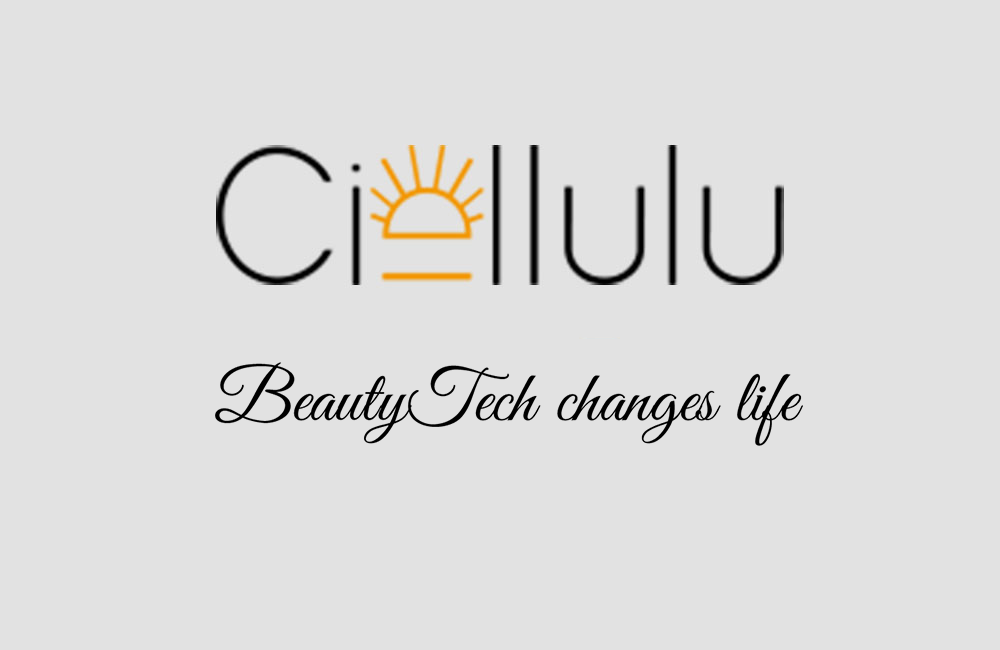Addressing Common Challenges in Q-Switched Nd:yag laser treatment

Addressing Common Challenges in Q-Switched Nd:yag laser treatment
Title: Addressing Common Challenges in Q-Switched Nd:YAG Laser Treatment
Laser treatments, particularly involving Q-Switched Nd:YAG lasers, are some of the most effective modern methods in aesthetic medicine, predominantly utilized for tattoo removal and pigmentation disorders. However, their application poses certain challenges which are of utmost importance to address to ensure optimal treatment outcomes. Through this article, we aim to comprehensively discuss potential issues and propose effective management techniques.
1) Overcoming issues with Resistant Tattoo Inks:
Q-Switched Nd:YAG lasers are a popular option for laser tattoo removal due to their ability to produce high-intensity, short pulses that shatter tattoo ink particles. However, multicolored tattoos and certain ink types may resist traditional laser wavelengths. To overcome such resistance, it is advisable to invest in a multi-wavelength laser system, which can target not only black and dark blue pigments, but also red and green ones.
2) Managing Pigmentation Issues in Darker Skin:
Skin pigmentation variations can pose challenges in laser treatments. In darker skin tones, there is an increased risk of post-inflammatory hyperpigmentation or hypopigmentation, a result of the Q-Switched Nd:YAG laser's interaction with the skin’s melanin. By utilizing the longer wavelength of 1064 nm, the laser can penetrate deeper into the skin, targeting the dermis instead of the superficial layer, thus minimizing risks of pigmentation changes. Practitioners also need to consider careful patient selection, pretreatments, and post-treatment care.
3) Avoiding Adverse Reactions in Sensitive Skin:
The occurrence of adverse reactions such as blistering, scarring, or changes in skin texture is frequently reported especially in patients with sensitive skin. Careful patient selection, pretreatment assessment, use of lower fluences and frequent cooling during treatment can significantly mitigate these risks.
Q6 Pigmentation Removal
4) Ensuring Consistency in Treatment Results:
The Q-switched Nd:YAG laser's parameters, such as wavelength, pulse duration, and fluence, correlate directly with treatment outcomes. Adjustments to these parameters should be made on a case-by-case basis considering patient characteristics and treatment areas to deliver consistent, personalized results for every patient.
5) Long-term Follow-up and Maintenance Treatments:
Post-treatment evaluation is crucial to assess treatment efficacy and note potential complications. Treatment protocols should aim for minimal side effects and reduced downtime. Maintenance treatments may be required to manage physiological re-pigmentation or the resurgence of treated conditions.
The applications of Q-Switched Nd:YAG lasers in aesthetic medicine are vast and continuously evolve. As with any medical or aesthetic treatment, a comprehensive understanding of the specific challenges, backed by an evidence-based approach to their management, leads to better patient care and ultimately more successful outcomes.
For more comprehensive information on Q-Switched Nd:YAG lasers’ applications and challenges, please refer to https://www.ciellulu.net/q-switched-nd-yag-laser. The ongoing research and development in this field promises much in optimizing the efficacy and safety of Q-Switched Nd:YAG laser treatment, thereby underlining its necessity as an integral part in modern aesthetic medicine.
Source: Addressing Common Challenges in Q-Switched Nd:yag laser treatment




 Ciellulu Laser - Facial Machine Supplier
Ciellulu Laser - Facial Machine Supplier

